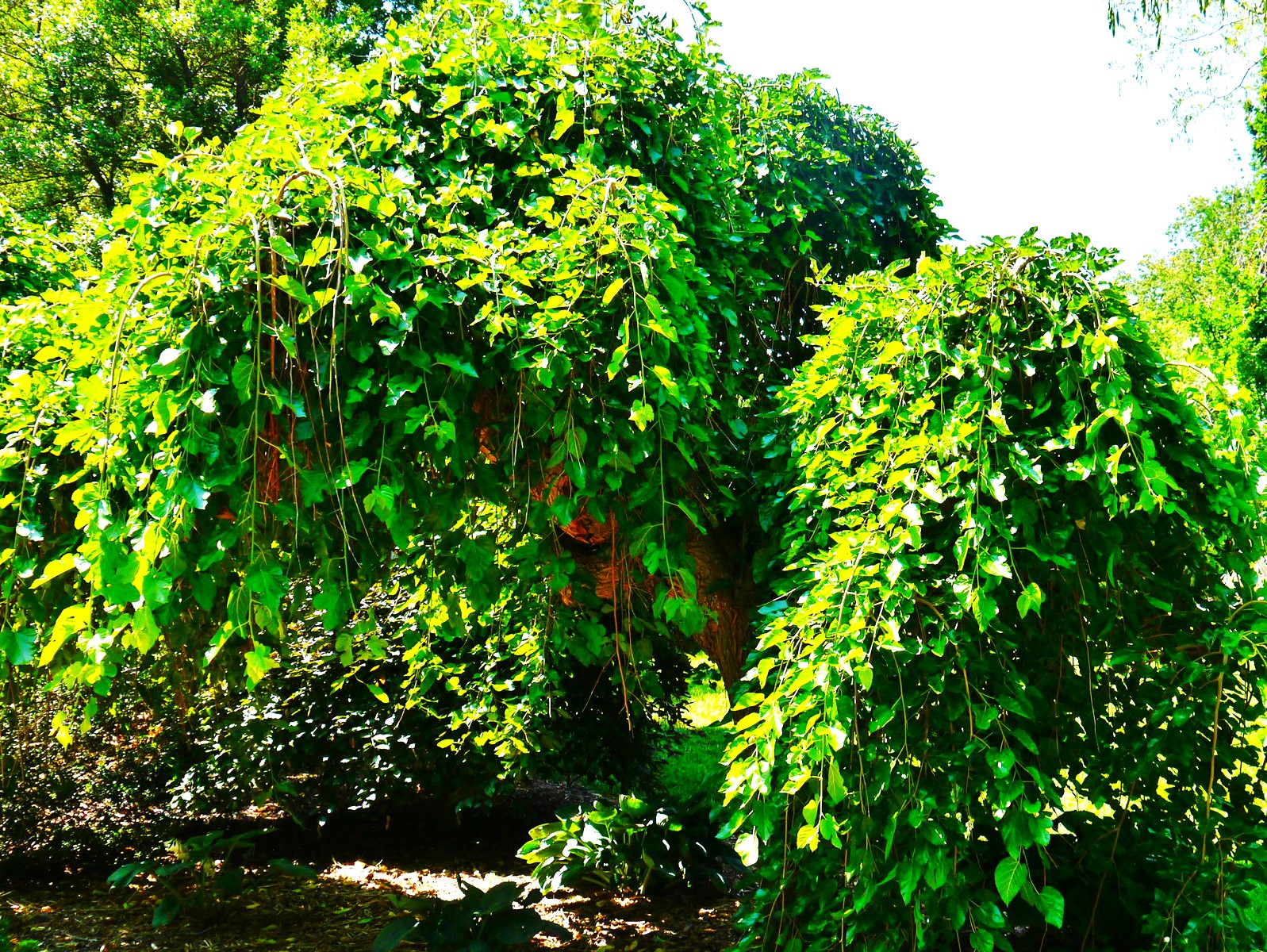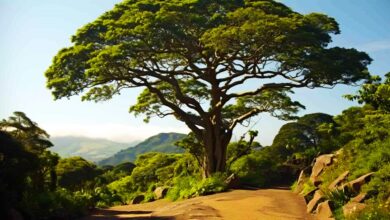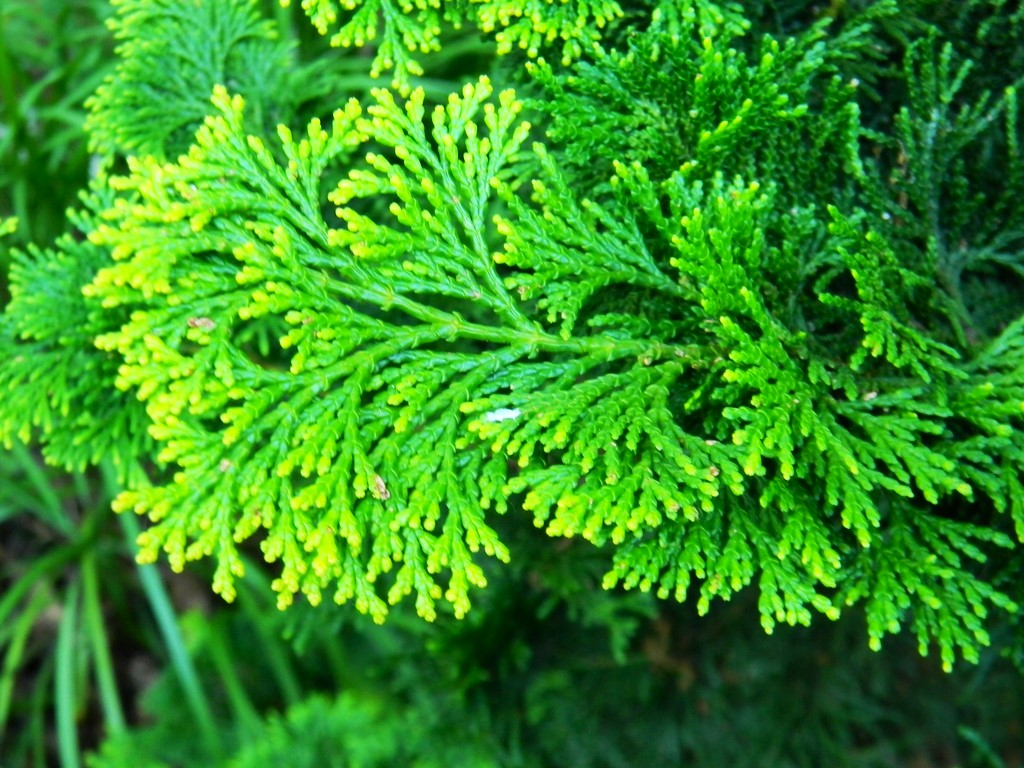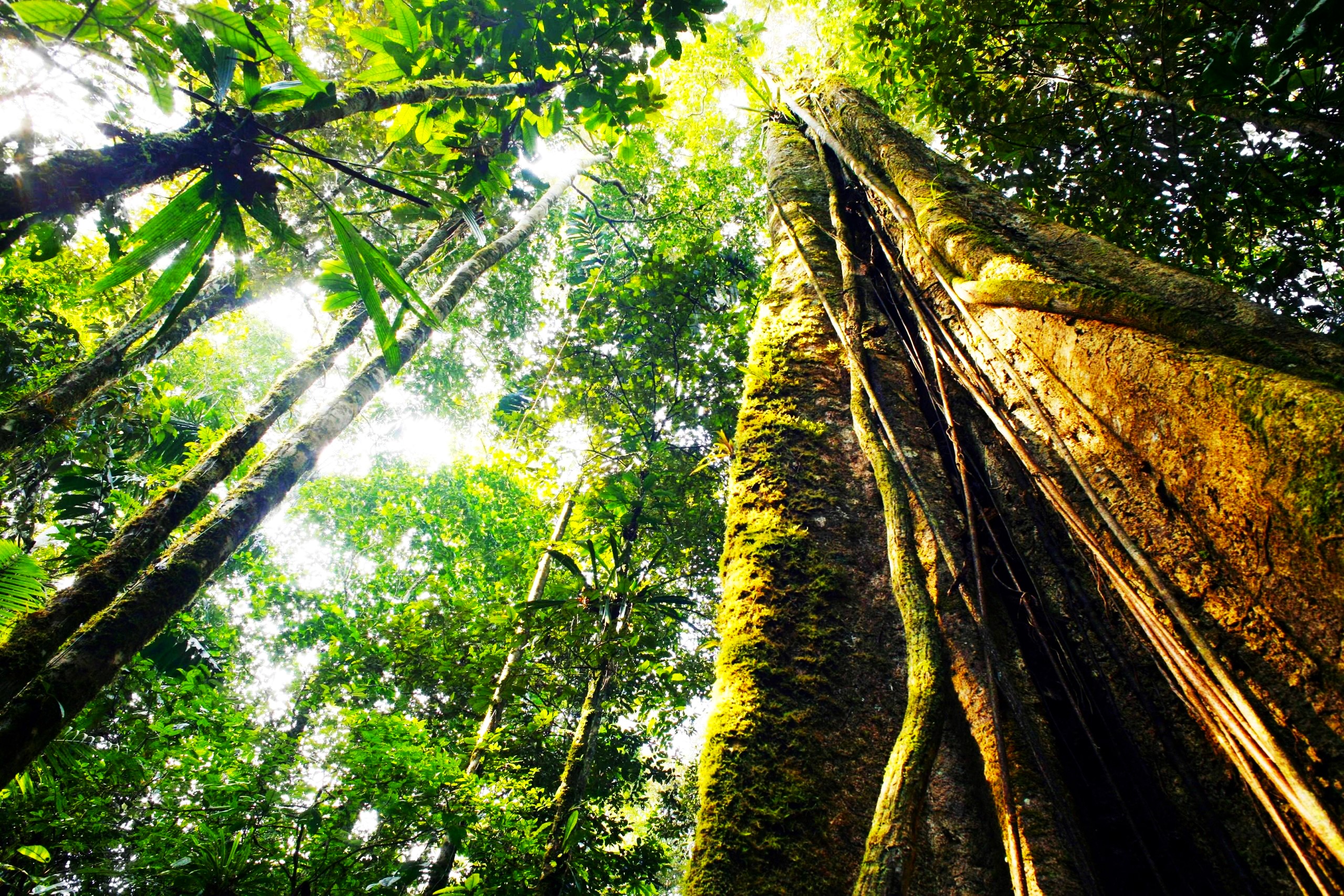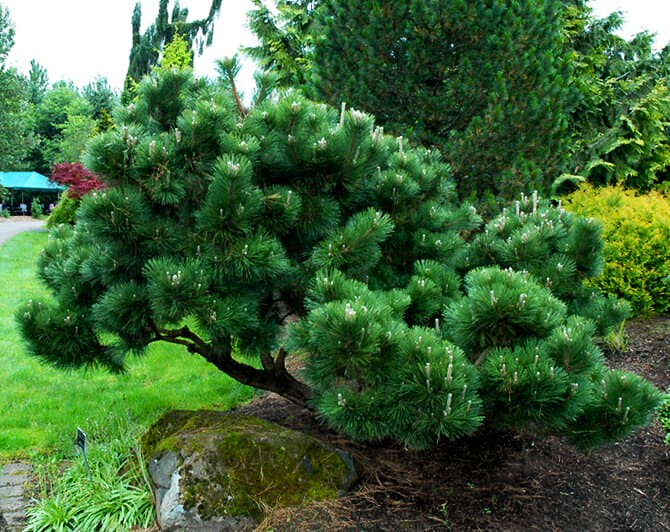
We know that one of the main causes of climate change has been the carbon dioxide emitted by burning fossil fuels, such as in cars. Can carbon capture from planting trees help combat climate change? If yes, what would be the ideal location to plant trees for this? Continue reading to learn the most recent ideas regarding planting trees to absorb carbon.
Trees and Climate Change
Perhaps you already have a lot of trees and shrubs in your backyard. Swaying and rustling in the breeze, providing shade in the summer, and attracting birds and other wildlife to your garden—leafs have a certain allure.
However, climate change is now another reason to think about having a yard full of plants. Planting trees, shrubs, and nearly any other type of plant is one of the best ways to counteract climate change because they can all absorb carbon dioxide from the atmosphere. As they convert sunlight into energy to store in their wood, shoots, and roots, they carry out this process.
Trees that Capture Carbon
Since trees are the largest plants on the planet, they are also the best at capturing carbon dioxide. Furthermore, while the amounts that different trees store vary, we’re not talking about tiny reserves here.
How much carbon is stored in a tree? The same quantity of carbon dioxide released by a hybrid car traveling 150 miles (241 km) can be absorbed by a mature tree, which weighs 48 pounds (22 kg). The United States Forest Service estimates that the nation’s tree cover can mitigate up to 20 percent of the emissions generated annually in the United States from the burning of fossil fuels.
The Best Trees to Combat Global Warming
The quantity of carbon that each tree can store varies. When it comes to combating climate change, some are more effective than others. Thus, which trees are most beneficial to combat climate change?
According to a recent scientific study, California’s ancient redwood trees are the best tree species for storing carbon dioxide. Redwoods store more carbon dioxide per acre than any other forest on Earth. The Amazon rain forests are included in this.
Redwood trees in California
Scientists from the University of Washington and Humboldt University conducted the study, which revealed that redwoods store 2,600 metric tons of carbon per hectare (2.4 acres). This quantity is more than twice as high as the eucalyptus forests of Australia or the conifer forests of the Pacific Northwest. Their longevity is connected to this incredible ability.
They are not the only “super trees,” though. In order to identify the best native trees to combat climate change in urban plantings, a recent Rice University study assessed 54 native species. The American sycamore and live oak ranked highest on their list of 17 “super trees.” While sycamore was chosen for flood remediation and its broad canopy’s ability to lower ground heat, live oaks were chosen for their capacity to absorb carbon pollutants. On the other hand, sycamore absorbed less carbon but also other pollutants.

